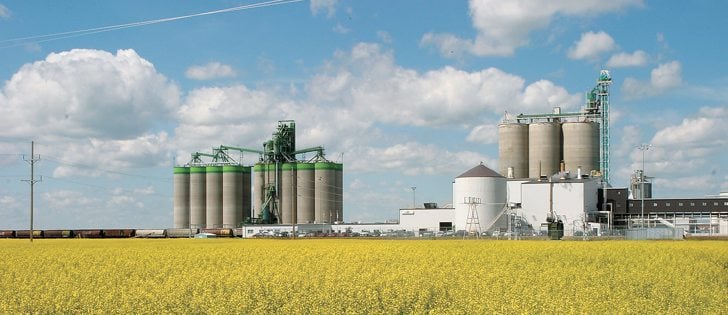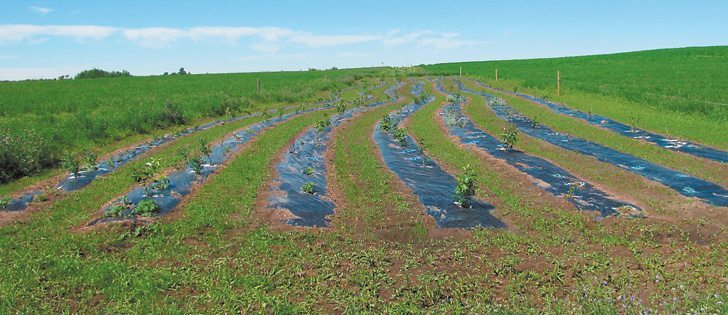Gasoline and crude oil prices jumped higher last week, fueled mostly by tensions in the Middle East over Iran’s nuclear program.
Fuel prices are important because they are a major cost on the farm and because they influence grain and oilseed prices. They also have a bearing on the wider economy and if they get too high they could wipe out the fledgling economic recovery in the United States.
Early this week, analysts and commentators appeared to think that the price reached last week had overshot fundamental support and that prices would correct a little lower.
Read Also

Canola used in only quarter of Canadian biofuel
Less than one-quarter of the biodiesel and renewable diesel used in Canada in 2024 was made from canola oil feedstock
However, the market remains volatile and the future direction for crude prices depends on how things play out in two story lines.
One is that most of the rise in crude over the past few months was caused by the improvement in the global economy, especially in the U.S., and the steps taken by Europe to prop up Greece and stabilize the debt problems of Spain and Italy.
As well, Eric Reguly, a Report on Business columnist in the Globe and Mail, noted March 3 that while crude prices have rallied almost steadily since 2009, it has not generated a lot of extra crude production.
True, Canadian oilsands production is up, as is production from the Bakken field straddling the Canada -U.S. border. The U.S. is also extracting a lot more oil from shale deposits.
But North Sea production is declining, and Brazil and Azerbaijan output has been disappointing.
Overall, demand from Asia and former Soviet republics is outpacing new production.
The only significant surplus capacity is in the Organization of the Petroleum Exporting Countries and that begins to look rather small if the economic recovery picks up pace and oil demand grows.
Throw in some flare up over Iran’s nuclear ambitions and you have a recipe for $150 per barrel oil, at least in the short term.
On the other hand, there are those who believe high oil prices carry their own death knell.
U.S. economic growth is fragile and China scaled back its growth target this week to an eight-year low of 7.5 percent, lowering its long-standing annual goal of eight percent.
If companies have to shell out more for fuel and energy, it will knock back their expansion and hiring plans, stall economic growth and potentially bring back recession.
The bad case for Canadian farmers would be an oil price rally into summer, triggering an economic slowdown that deflates oil prices in the fall.
That would drive up the cost of running tractors and combines during the production season but then act to depress grain prices post harvest.
That is what happened in 2008, when the destructive effects of high oil prices were compounded by the beginning of the U.S. housing mortgage crisis. Brent crude peaked at $147 per barrel in July and then crashed, falling to less than $60 in March 2009.
The prices of canola, wheat, meat and other agricultural commodities also collapsed.
















